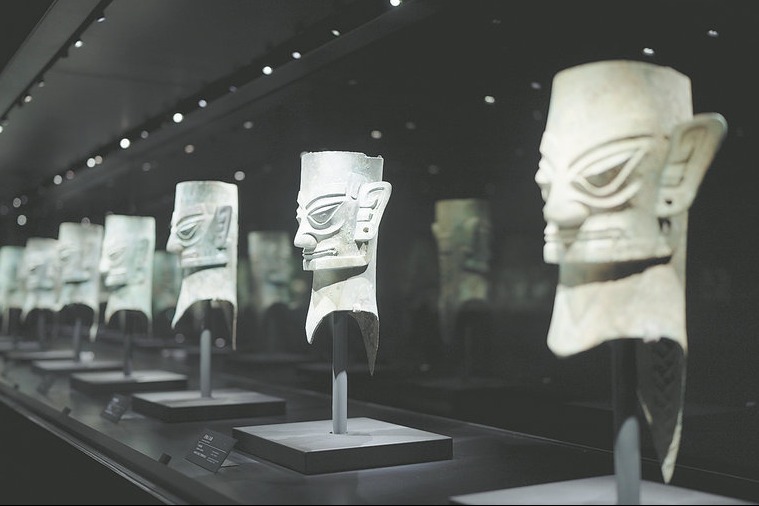Porcelain base Shanglin Lake turns new corner
By Wang Kaihao | China Daily | Updated: 2017-12-12 07:20

Archaeological park
Other than the museum, some archaeological fieldwork areas around the lake are now accessible to visitors for free. With so many places for the public to visit, the park area at Shanglin Lake, which covers about 15 square kilometers, will be developed as a site combining archaeology with tourism.
"The whole area is more like an outdoor museum of celadon," Shen Xiaoxian, deputy mayor of Cixi, said at a national conference in the city about the archaeological park in early December. "We're making efforts to better enable the site for the benefit of the public."
About 450 million yuan ($68 million) has been spent on improving the environment within the park. For example, more than 4,000-square-meters of unauthorized buildings were demolished within the protected zone of the heritage site.
However, the large-scale project is more than just building up the landscape of a park.
"We have a supervision system and regular patrols to guard the relics at the kilns, to comply with heritage protection rules," the deputy mayor says.
"And, the park is not only for sightseers and pedestrians," she says. "It's also a place for leisure, the display of cultural heritage, education and cultural communication."
According to her, porcelain-making workshops will be reintroduced at the park, and more lectures promoting celadon culture will be organized in local schools. The park will also cooperate with international porcelain museums to organize exchange programs.
Wider ambition
Shanglin Lake, as a relic site as part of the Maritime Silk Road, has been named as a candidate seeking UNESCO World Heritage status in the future. This is because many Yue Kiln products were traded in the rest of Asia, the Middle East and even in East Africa during ancient times.
For example, in Fustat, an ancient city in Egypt, myriad works of Chinese celadon from the 9th and 10th centuries were found, and are believed to have been produced in Shanglin.
"As a representative of creativity and high art, celadon played an important role consolidating China as a hub for ancient maritime trade," says Zhao Yun, a researcher from the Beijing-based Chinese Academy of Cultural Heritage.
Celadon used to be the dominant form of Chinese porcelain, before it was replaced by blue-and-white porcelain after the 14th century.
"If the site can be listed," she says, "it will be an outstanding example reflecting the historical and cultural significance of Chinese civilization for the whole world."
























